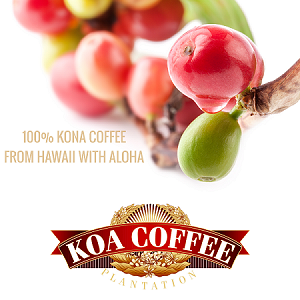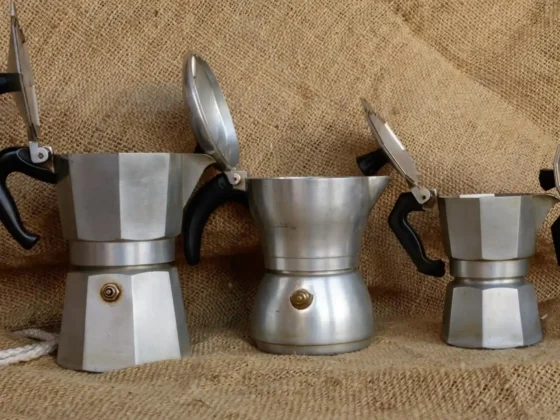When it comes to brewing the perfect cup of coffee, one question often arises: Is it cheaper to grind your own coffee? The answer isn’t just a simple ‘yes’ or ‘no.’ It involves considering various factors such as the initial investment in a grinder, the cost of beans, and long-term savings. While grinding your own coffee beans may require an upfront investment, it often leads to more cost-effective results in the long run due to factors like freshness, reduced waste, and the ability to buy beans in bulk.
This article delves deeper into these aspects to provide a comprehensive understanding of the cost implications of grinding your own coffee. Read on to uncover how this practice could influence your coffee budget and overall experience.
Factors Influencing Coffee Grinding Costs
When it comes to enjoying a great cup of coffee, the grinding process plays a crucial role. The cost of grinding coffee can vary widely based on several factors. Understanding these factors can help coffee enthusiasts make informed decisions to enhance their coffee experience while managing expenses.
Quality of Coffee Beans
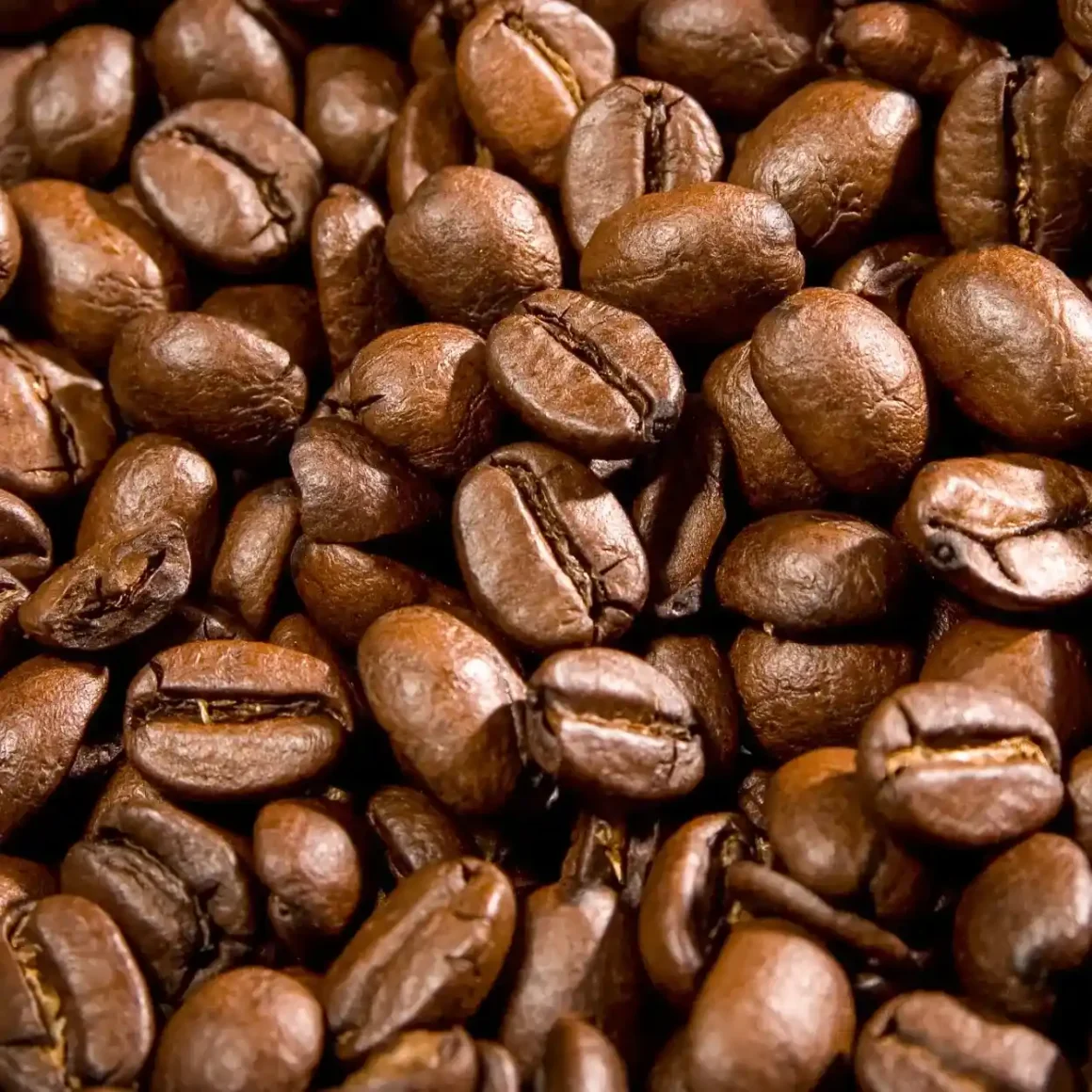
The quality of the coffee grinder chosen plays a crucial role in achieving a consistent and precise grind size.
- Impact on Grinding: The quality of the coffee beans is a pivotal factor that influences the grinding cost. High-quality beans often require more precise and careful grinding to preserve their unique flavors and aromas.
- Cost Implication: Premium beans may demand grinders with better capability and precision, leading to higher initial investment and maintenance costs. However, the resulting superior taste can justify the expense for many coffee aficionados.
Type of Coffee Grinder
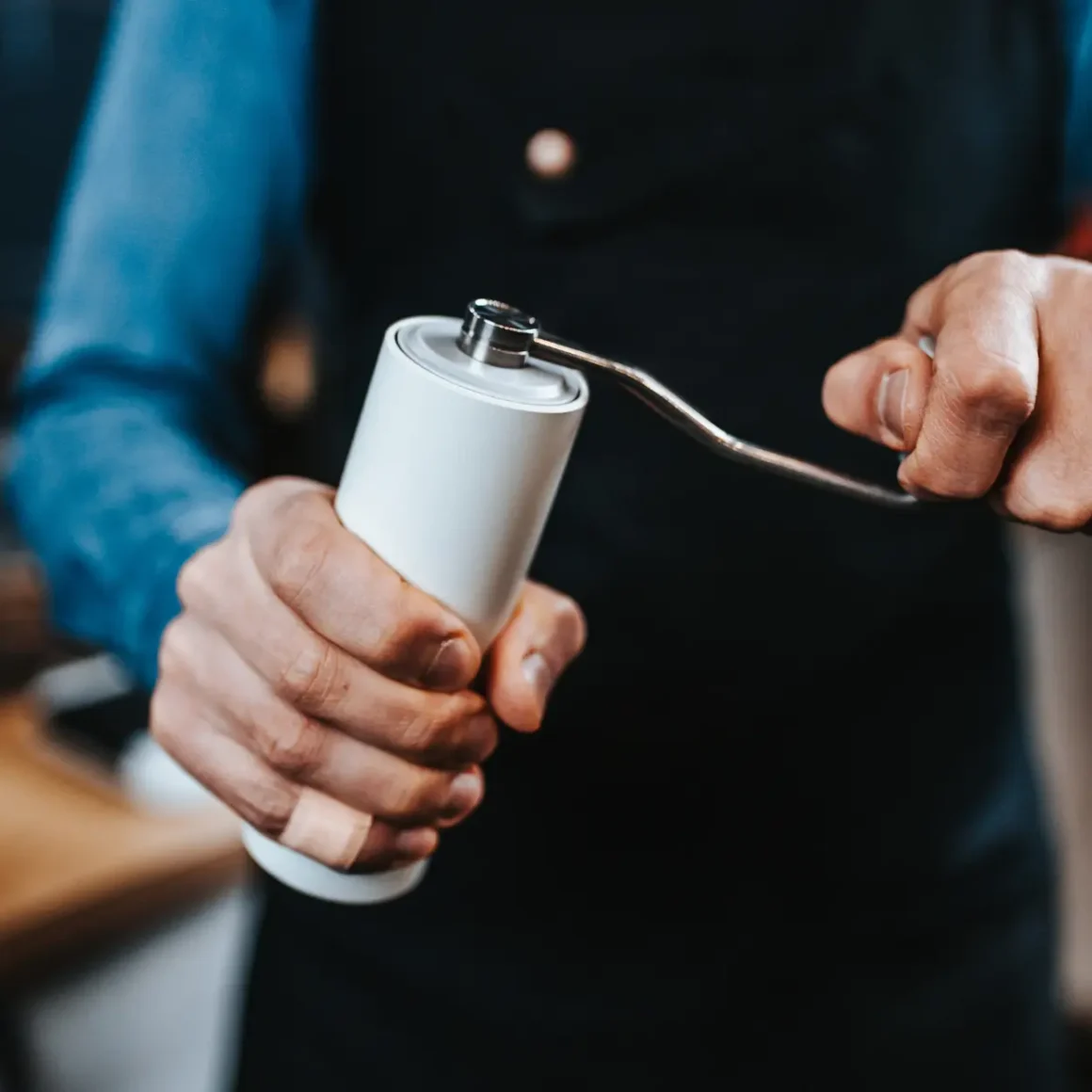
The choice between a burr vs blade grinder significantly affects both the quality of the grind and the cost.
- Burr Grinder: These grinders provide a more consistent grind size, crucial for flavor extraction. They are typically more expensive than blade grinders but are preferred for their precision. (1)
- Blade Grinder: Blade grinders are a low-cost choice, but they produce variable grind sizes, which can lead to irregular flavor extraction and a less pleasurable coffee taste.
Frequency of Coffee Consumption
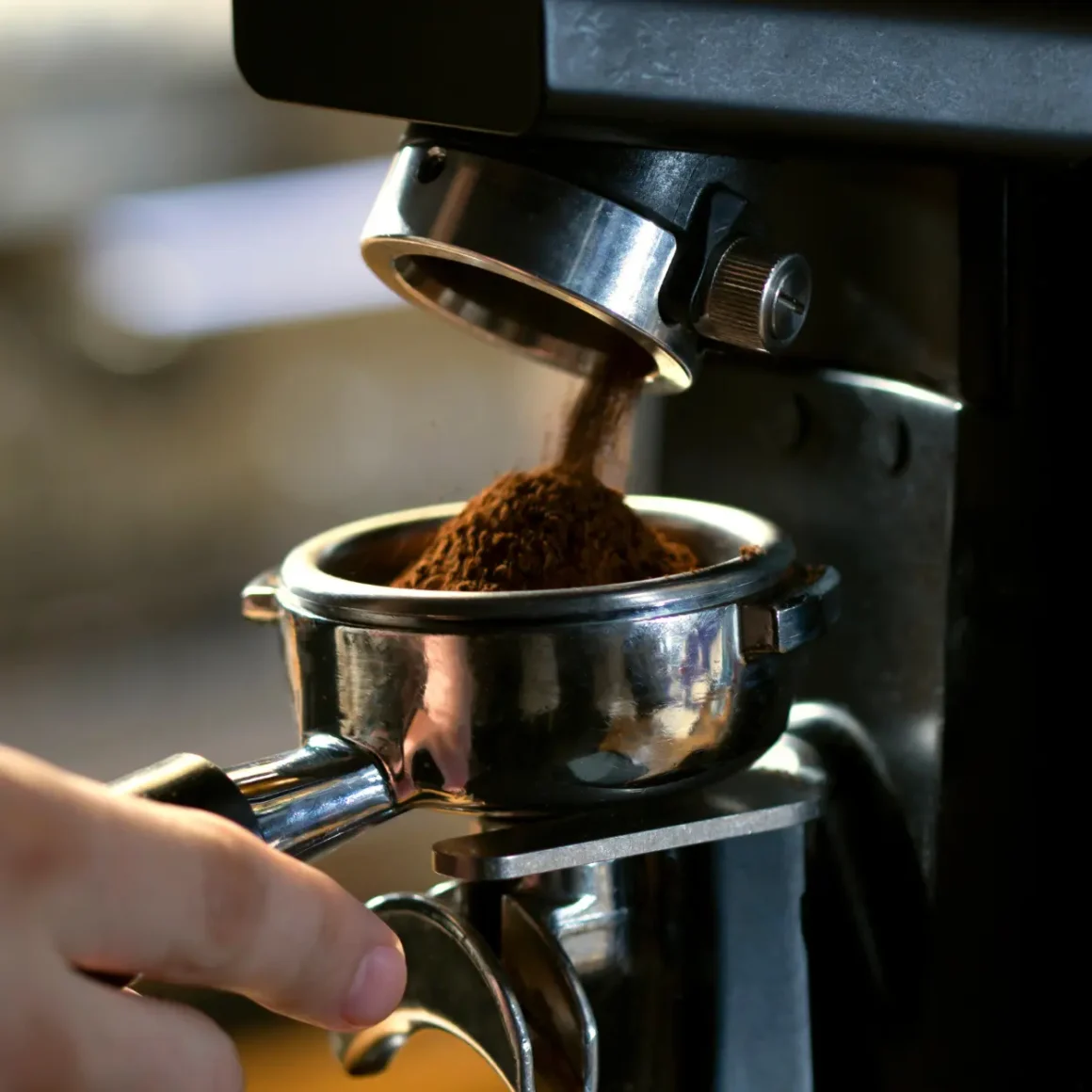
The frequency of coffee consumption not only influences the cost-effectiveness of equipment and bean choices but also dictates the convenience and satisfaction of one’s coffee routine.
- Regular Use: For those who consume coffee frequently, investing in a high-quality grinder and premium beans can be more cost-effective in the long run. Regular use justifies the higher upfront cost as it gets distributed over many uses.
- Occasional Use: Occasional drinkers might prefer a more economical setup since the cost per cup remains relatively low even with less frequent use. However, they still need to consider the impact of grinder type and bean quality on their overall coffee experience.
In summary, the cost of grinding coffee is influenced by the quality of the coffee beans, the type of coffee grinder, and the frequency of coffee consumption. Understanding these factors can help coffee enthusiasts balance their budget with their desire for a high-quality coffee experience.
Calculating the Cost Per Cup
Understanding the cost per cup of coffee is essential for both casual drinkers and coffee aficionados. This calculation helps in budgeting and in making informed decisions about coffee consumption habits. Here, we’ll break down the factors contributing to the cost per cup.
Initial Investment
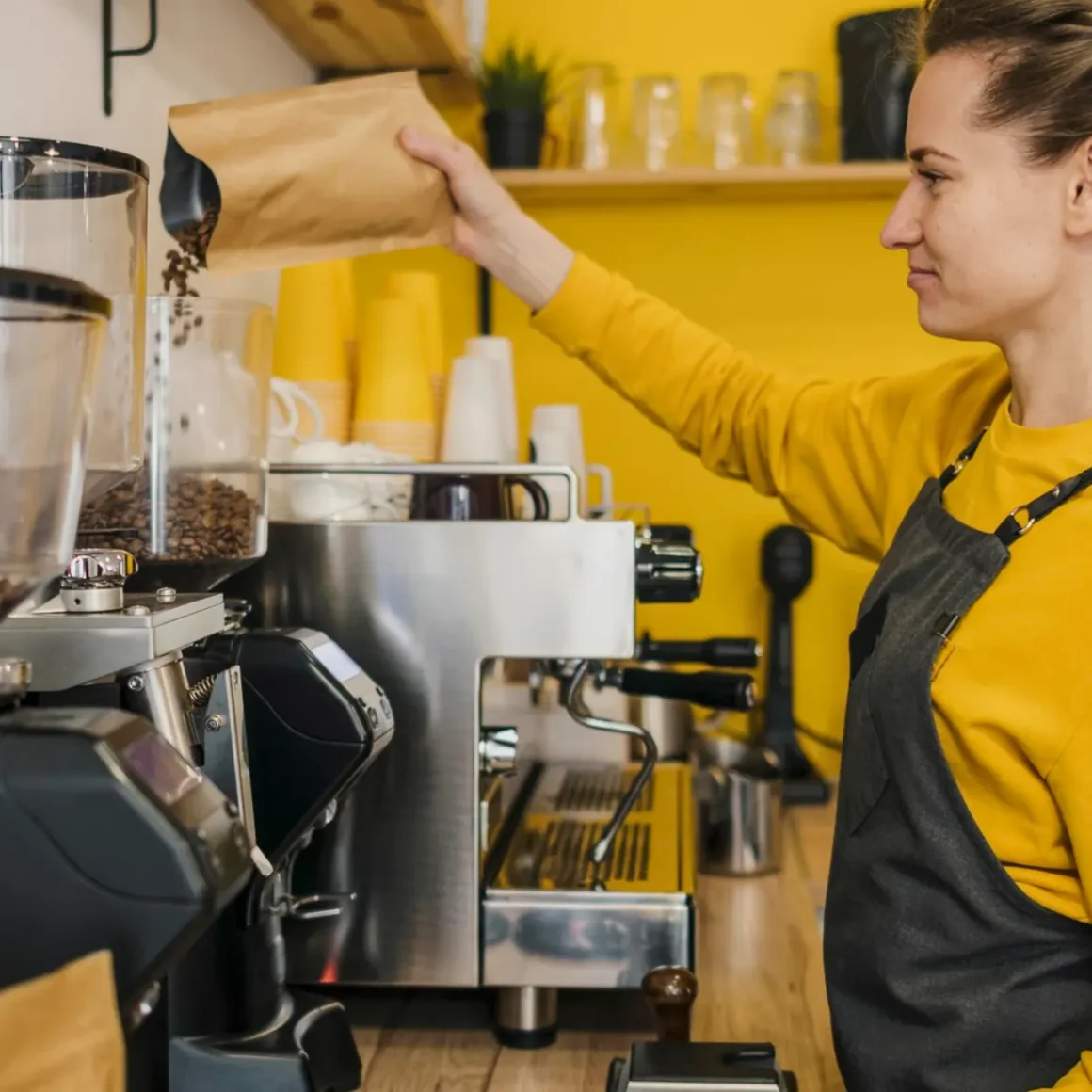
Coffee equipment and supplies, including coffee makers, grinders, beans, and accessories, require adequate space and storage considerations.
- Equipment Costs: The initial investment primarily involves purchasing the necessary equipment, such as a coffee maker and a grinder. The type of equipment chosen can significantly impact the overall cost. For instance, opting for a high-end espresso machine and a burr grinder will increase the initial cost compared to a standard drip coffee maker and a blade grinder.
- Amortization Over Time: To calculate the impact of this investment on the cost per cup, it’s important to amortize the cost over the estimated lifespan of the equipment. The more cups of coffee are made, the lower the per-cup cost of this initial investment becomes.
Cost of Coffee Beans
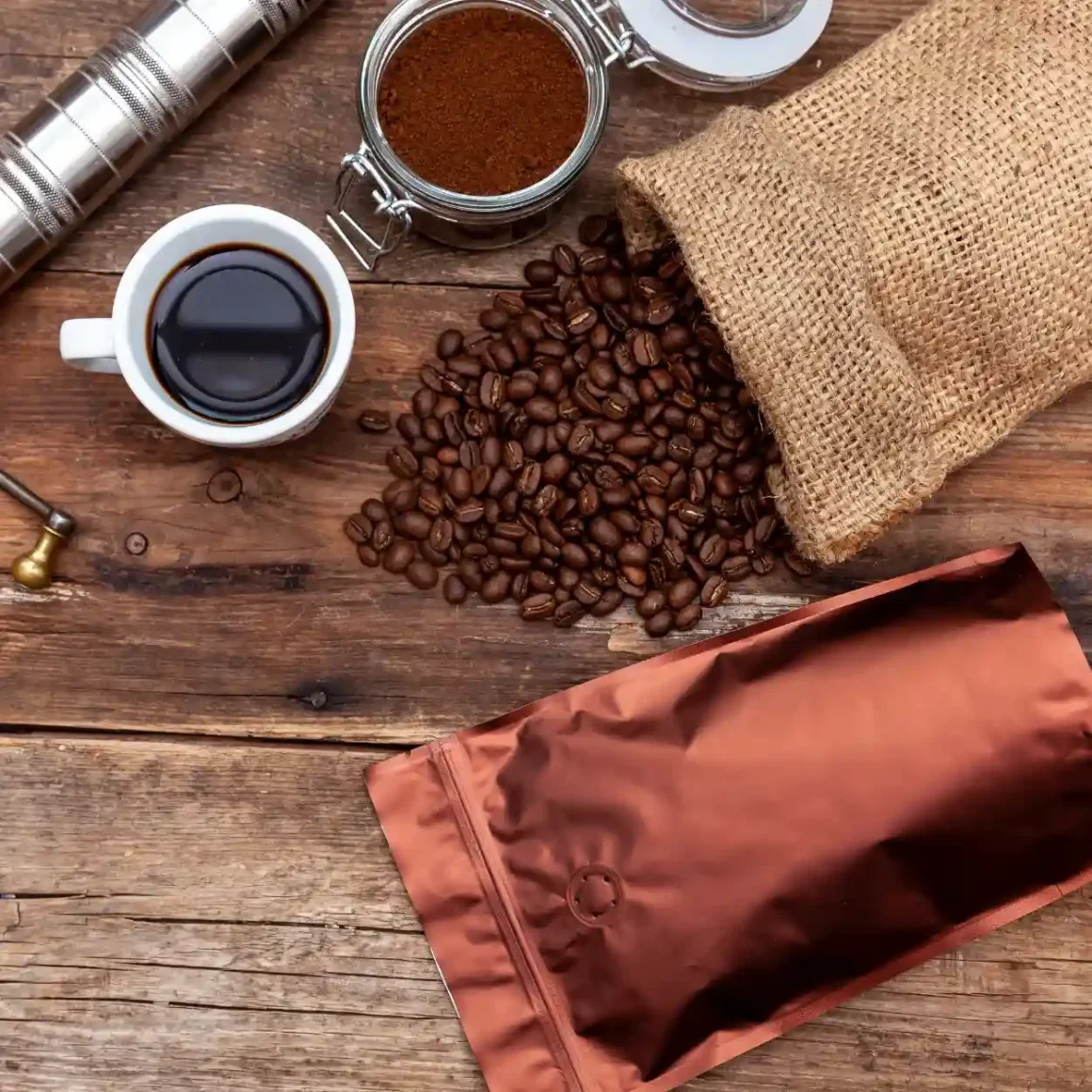
The choice of brewing method is a fundamental aspect of the coffee-making process, influencing both the cost and the sensory experience of enjoying a cup of coffee.
- Price Variability: The cost of the coffee beans varies widely depending on the quality, origin, and brand. Premium or specialty beans typically come at a higher price.
- Bulk Purchases and Savings: Buying beans in bulk can lead to savings, reducing the cost per cup. However, it’s crucial to store them properly to maintain freshness.
- Grinding at Home: Concerning the question is it cheaper to grind your own coffee beans, the answer generally leans towards yes. Grinding beans at home can be more cost-effective than buying pre-ground coffee, especially when using the best coffee beans. This process ensures maximum freshness and flavor, leading to a better coffee experience.
Maintenance Expenses
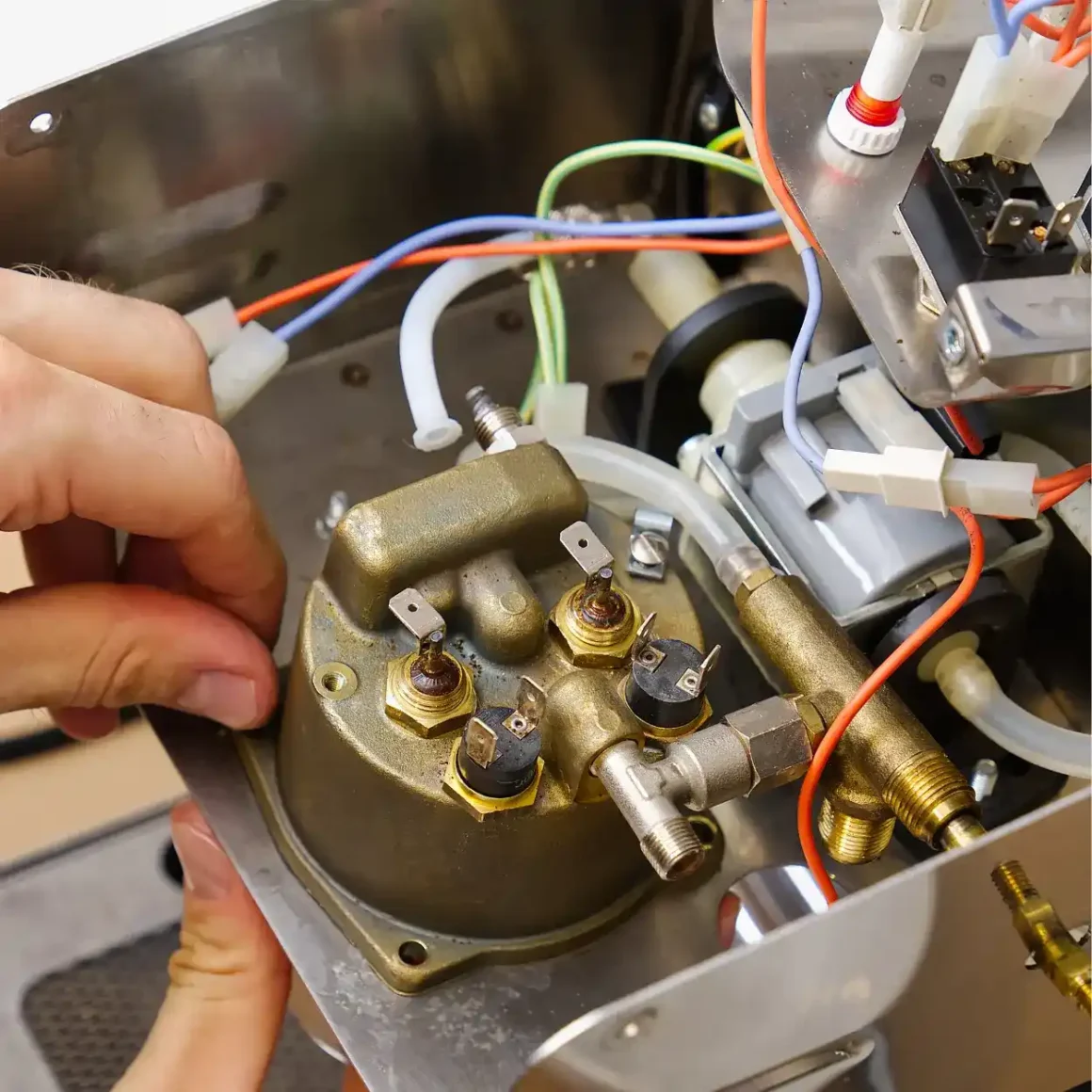
The maintenance of coffee equipment plays a vital role, encompassing various costs aimed at ensuring the equipment’s longevity and peak performance.
- Regular Upkeep: Maintenance costs for coffee equipment can include descaling solutions, replacement parts, and occasional professional servicing. These expenses ensure the longevity and optimal performance of the equipment.
- Impact on Cost Per Cup: While maintenance expenses might seem minor, they can add up over time. It’s essential to factor these into the total cost per cup to get a realistic understanding of overall expenses.
Overall, calculating the cost per cup of coffee involves considering the initial investment in equipment, the cost of coffee beans, and ongoing maintenance expenses. By understanding these components, coffee lovers can make more informed decisions about their coffee consumption and find a balance between quality and cost.
Comparing Costs: Pre-ground vs. Whole Beans
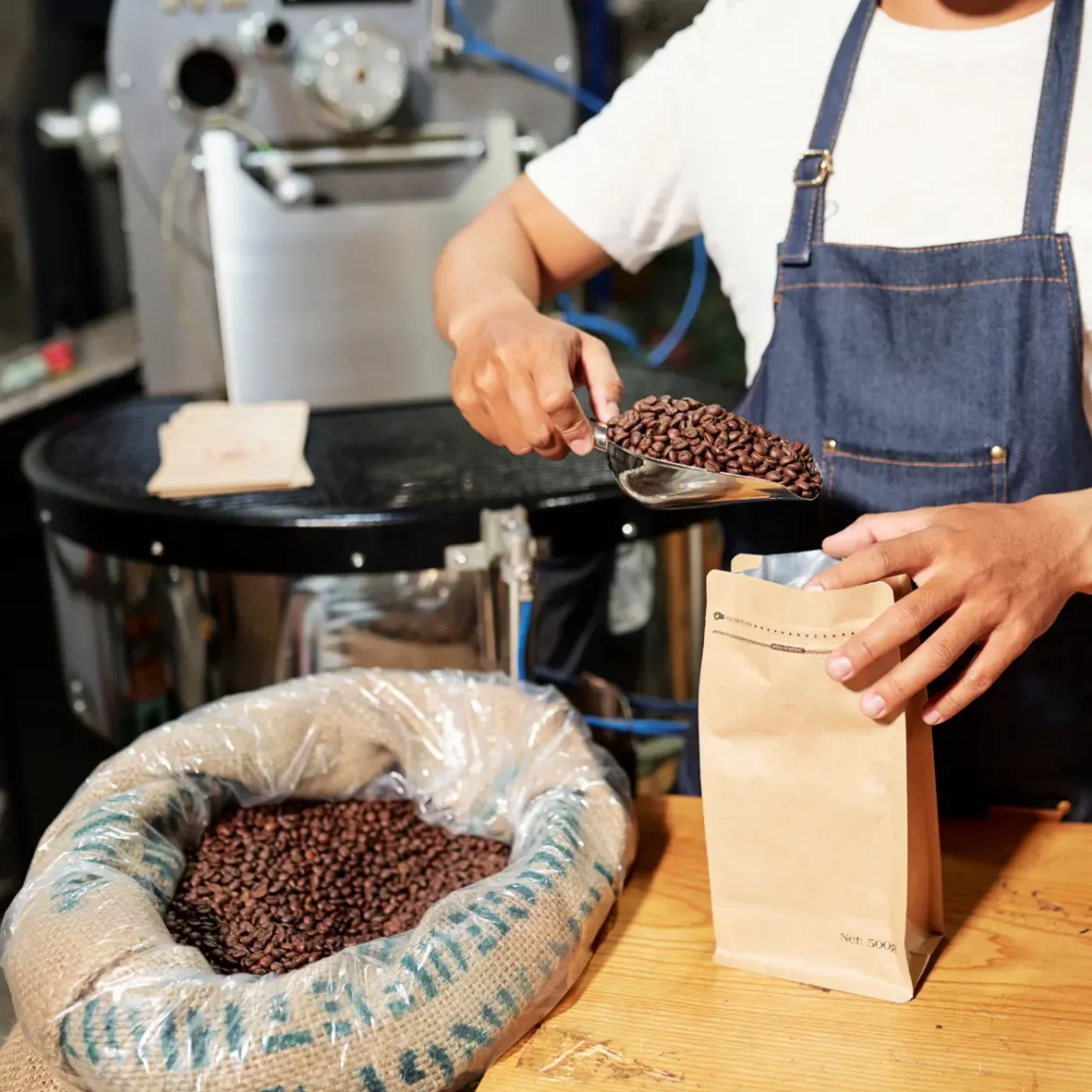
When it comes to coffee, one key decision is choosing between pre-ground and whole-bean coffee. This choice not only affects the flavor and freshness of your coffee but also has financial implications. We will explore the cost differences between these two options, considering various factors.
Cost Analysis for Pre-ground Coffee
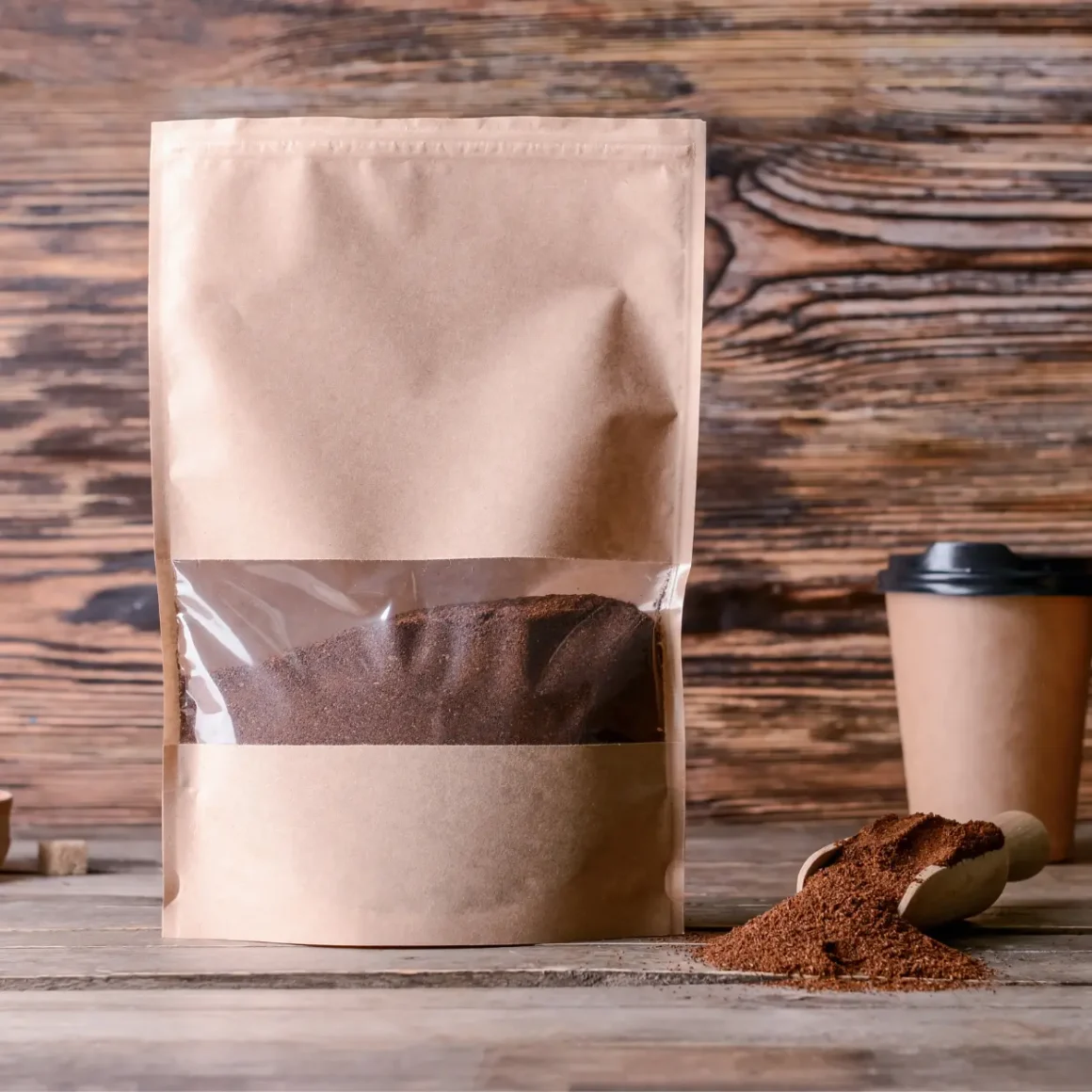
The cost analysis of pre-ground coffee revolves around the following aspects
- Convenience Factor: Pre-ground coffee offers convenience. It eliminates the need for a grinder and reduces preparation time. This convenience is often reflected in its price.
- Price Range: The cost of pre-ground coffee varies depending on the brand, quality, and where it’s purchased. Generally, it’s available at a range of price points, catering to different budgets.
- Shelf Life and Waste: Pre-ground coffee tends to lose its freshness faster than whole beans. This can lead to a compromised taste over time and potentially more waste, which might indirectly increase the cost per cup if the coffee becomes unpalatable.
Cost Analysis for Whole Bean Coffee
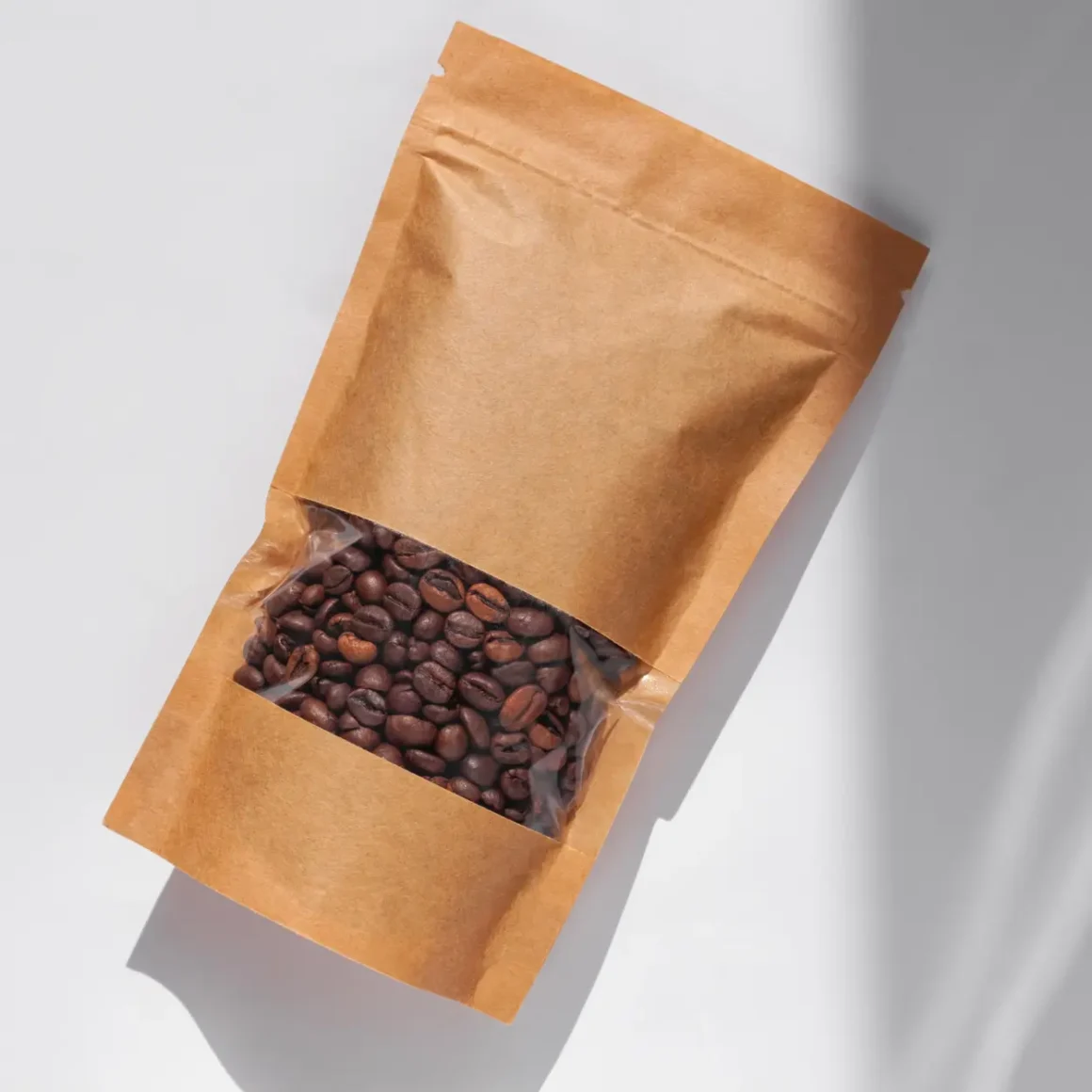
Analyzing the cost considerations of whole-bean coffee encompasses different factors.
- Initial Equipment Investment: Grinding whole beans requires an initial investment in a coffee grinder. As previously discussed, the type of grinder (burr vs. blade) can affect both the cost and the quality of the grind.
- Cost of Beans: While the price of whole-bean coffee can be similar to pre-ground, it can vary greatly based on quality. Specialty or premium beans are typically more expensive.
- Freshness and Flavor: Whole beans maintain their freshness longer, offering a superior flavor. This can translate to a more enjoyable cup of coffee, possibly leading to less waste and a more cost-effective choice in the long run.
Long-term Savings Potential
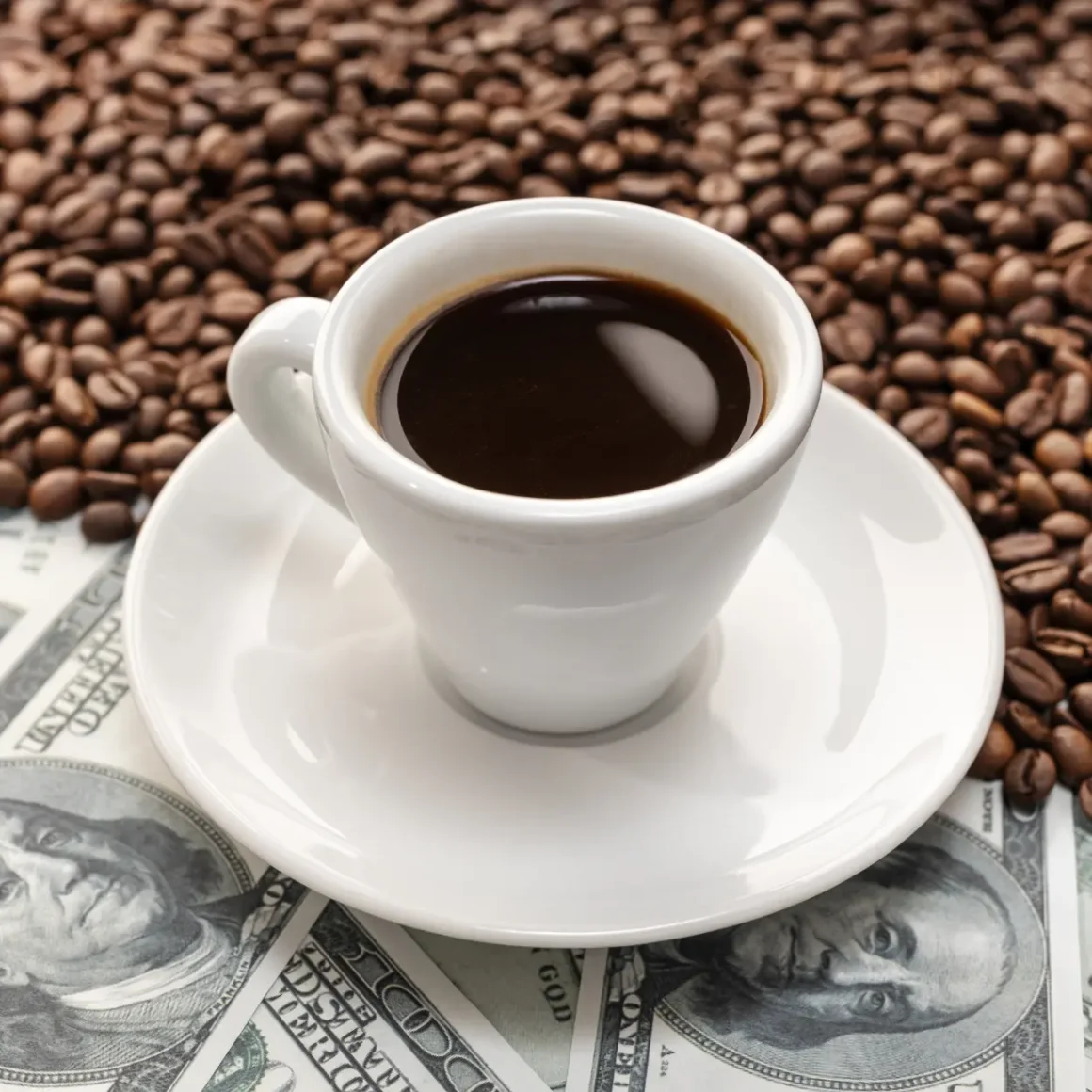
Exploring the potential for long-term savings in coffee consumption reveals various benefits.
- Ground vs Whole Coffee Beans: In terms of long-term savings, grinding your coffee often proves to be more cost-effective. Although there’s an upfront cost for a grinder, whole beans provide a fresher, more flavorful cup, and the cost per cup can be lower over time as beans can be bought in bulk and stored.
- Reduced Waste: The ability to grind only what you need helps reduce waste, further contributing to cost savings.
- Quality vs. Cost Trade-off: While high-quality whole beans may seem more expensive up front, their extended shelf life and superior taste can offer better value for money in the long term.
To sum up, while pre-ground coffee offers convenience, whole beans bring freshness and flavor, with potential long-term savings. The choice between ground vs whole coffee beans often comes down to personal preference, lifestyle, and how one values the cost against the quality of their coffee experience.
The Quality Factor
The quality of the beans is a critical determinant of the overall coffee experience. This factor not only influences the taste and aroma but also affects the economic aspects of coffee consumption. Understanding how the quality of coffee beans impacts various dimensions of your coffee routine can guide you in making more informed choices.
Flavor and Aroma Benefits

The quality of coffee beans directly impacts the richness and variety of flavors and aromas.
- Enhanced Sensory Experience: High-quality, often referred to as the best coffee beans, are renowned for their superior flavor and aroma profiles. These beans are usually sourced from specific regions with optimal coffee-growing conditions, ensuring a richer and more nuanced taste.
- Variety and Specialty Options: With premium beans, you have access to a diverse range of flavors. From subtle floral notes to rich chocolate undertones, these beans offer an exploration into a world of sophisticated tastes and aromas.
- Compatibility with Brewing Techniques: The quality of the beans significantly influences the effectiveness of various brewing methods. For instance, methods like espresso or pour-over can be elevated with high-quality beans, enhancing the extraction of flavors and aromas.
Freshness vs. Cost
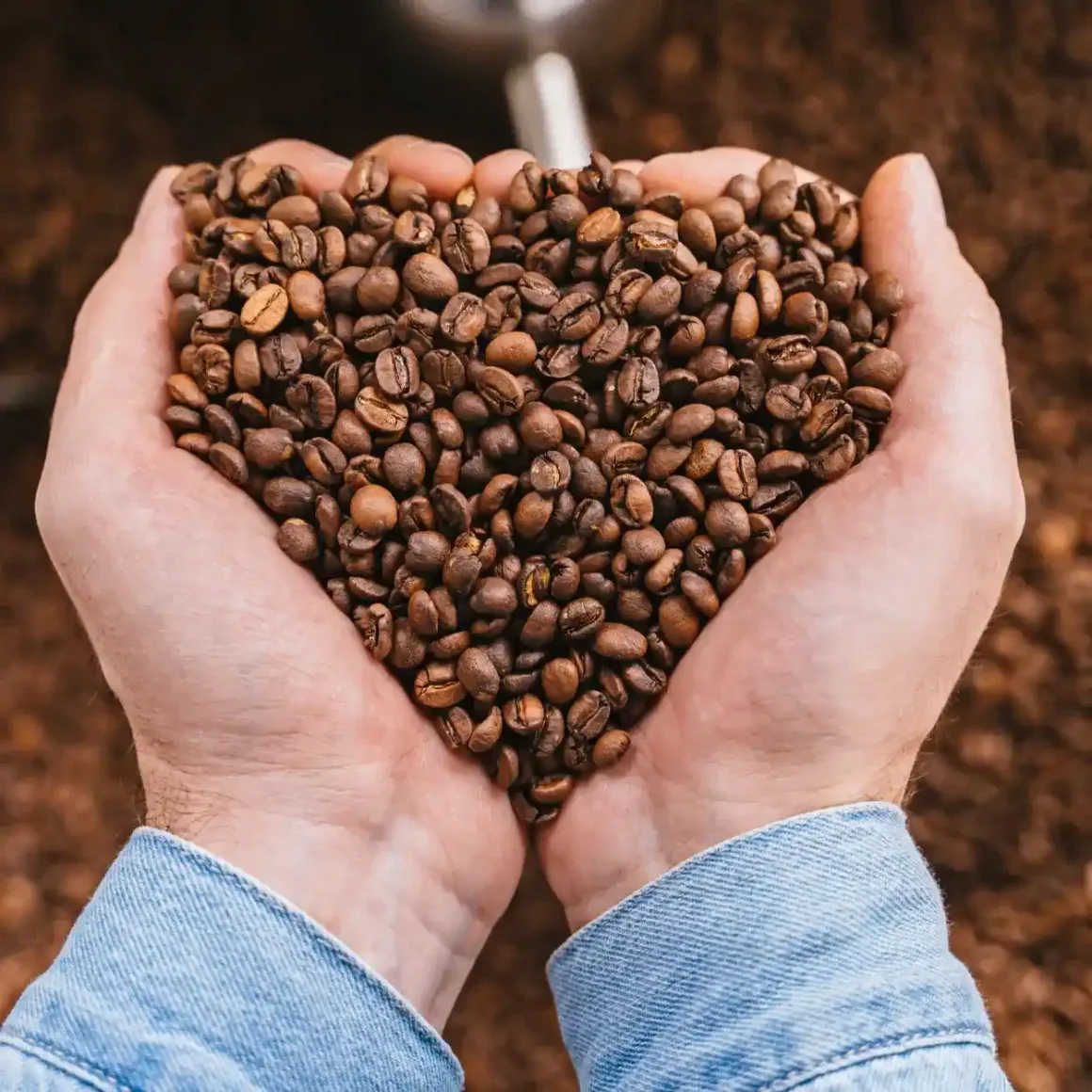
The freshness of coffee beans is a vital factor affecting the quality of coffee.
- Importance of Freshness: The freshness of coffee beans is a key factor in determining the quality of the brew. Fresher beans retain more of their inherent flavors and aromas, leading to a more enjoyable cup of coffee.
- Cost Implications: While premium beans might come at a higher price, their freshness can justify the cost for many enthusiasts. Additionally, grinding beans at home can be more cost-effective over time, especially when using high-quality beans, as it ensures maximum freshness and flavor.
Quality vs. Quantity Trade-off
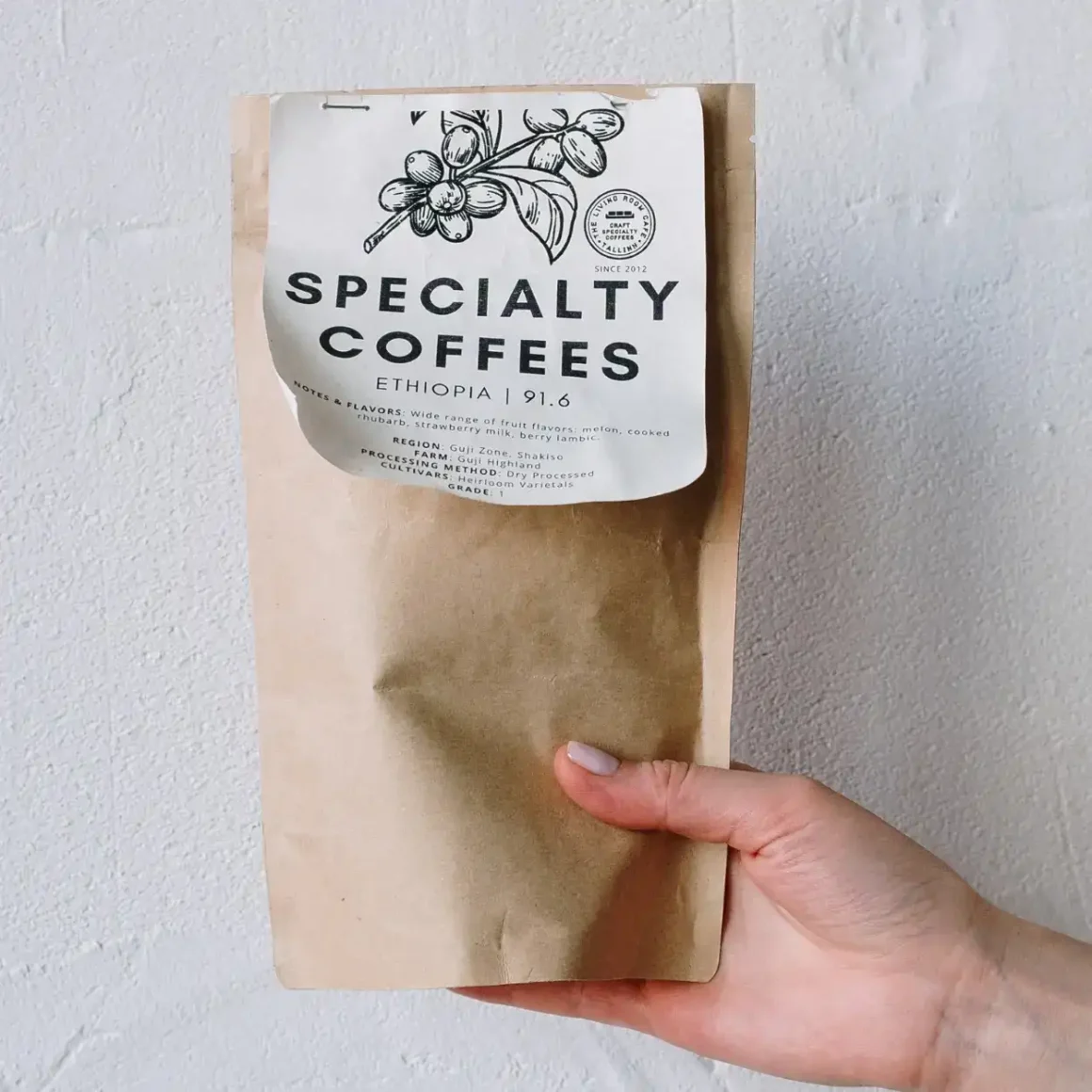
Achieving an equilibrium between coffee quality and quantity involves taking into account the following factors.
- Balancing Factors: There is a notable trade-off between quality and quantity when it comes to coffee. Investing in high-quality beans might mean purchasing smaller quantities due to higher prices, but the enhanced flavor experience can be worth the trade-off.
- Long-Term Considerations: For regular coffee drinkers, investing in quality may lead to greater satisfaction per cup, reducing the urge to consume larger quantities of lesser-quality coffee.
- Economic Efficiency: While the initial cost of quality beans can be higher, the overall value they offer in terms of flavor, aroma, and satisfaction can be more economically efficient in the long run.
In summary, the quality of coffee beans, encapsulating aspects like flavor, aroma, and freshness, plays a significant role in the coffee experience. This quality factor often involves a balance between cost and the quantity of coffee consumed, with a general trend showing that higher quality can lead to greater overall satisfaction and potential cost-effectiveness in the long term.
Sustainability Considerations
Sustainability is a growing concern, particularly in the coffee industry. Consumers and producers alike are increasingly mindful of the environmental and ethical implications of their coffee habits and choices. This shift towards sustainability has significant impacts on various aspects of coffee production and consumption, including packaging waste, sourcing ethics, and environmental impacts.
Reducing Packaging Waste
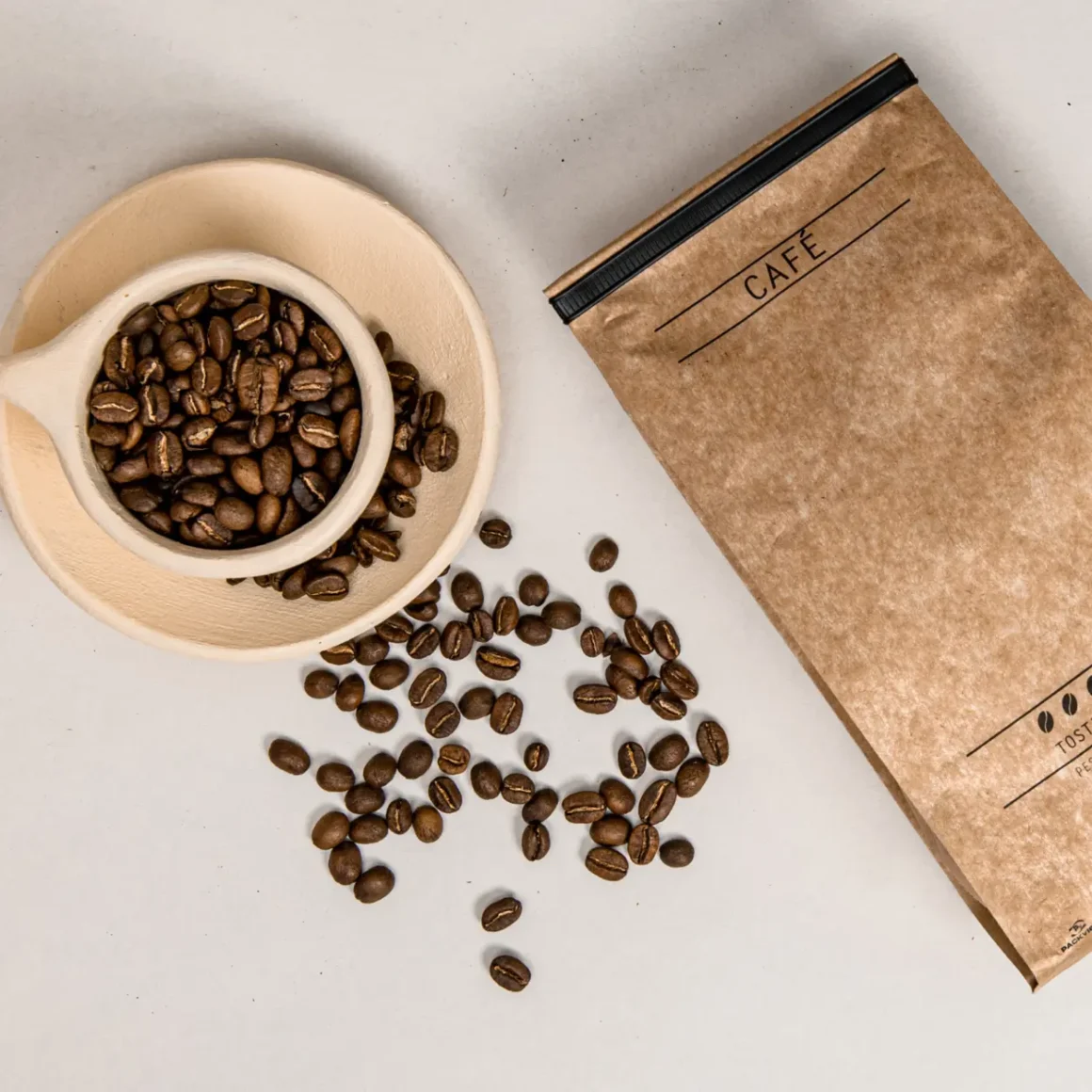
In today’s environmentally conscious world, minimizing packaging waste is a crucial aspect of sustainable coffee consumption.
- Bulk Purchases and Reusable Containers: One effective way to reduce packaging waste is by purchasing coffee in bulk. This approach minimizes the use of individual packaging materials. Additionally, using reusable containers for storing coffee further cuts down on waste.
- Impact of Grinding at Home: Grinding your own coffee beans can also contribute to waste reduction. By purchasing whole beans in bulk and grinding them as needed, you reduce the need for multiple packages of pre-ground coffee, which often come in non-recyclable packaging.
- Encouraging Producer Responsibility: There is a growing trend among coffee producers to adopt more sustainable packaging solutions, such as biodegradable or recyclable materials, further aiding in the reduction of packaging waste.
Ethical Sourcing and Cost Implications
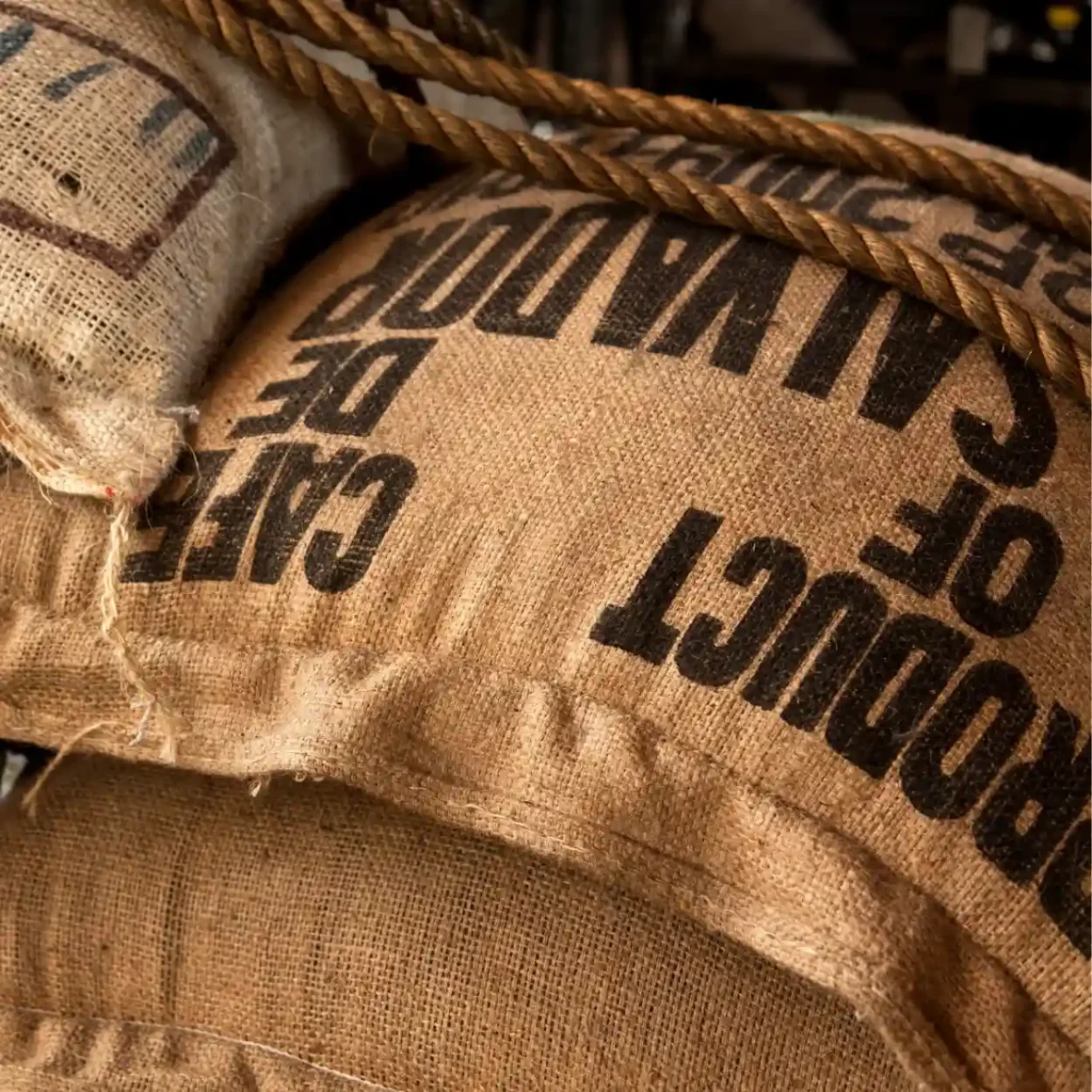
When it comes to coffee, ethical sourcing practices not only reflect a commitment to social and environmental responsibility but also have notable implications for the overall cost and quality of the beans.
- Fair Trade Practices: Ethical sourcing involves ensuring that coffee farmers and workers receive fair compensation for their labor. This includes supporting fair trade practices, which might slightly increase the cost of coffee but ensure a more equitable distribution of income along the coffee supply chain. (2)
- Transparency and Traceability: Consumers are increasingly seeking transparency in the sourcing of their coffee. This includes knowing where and how the coffee was grown and whether the producers adhere to ethical labor practices. Such transparency often comes with higher costs due to more rigorous sourcing and certification processes.
- Consumer Willingness to Pay More: Many coffee drinkers are willing to pay a premium for ethically sourced coffee, recognizing the value of supporting sustainable and equitable coffee production.
Environmental Impact Assessment
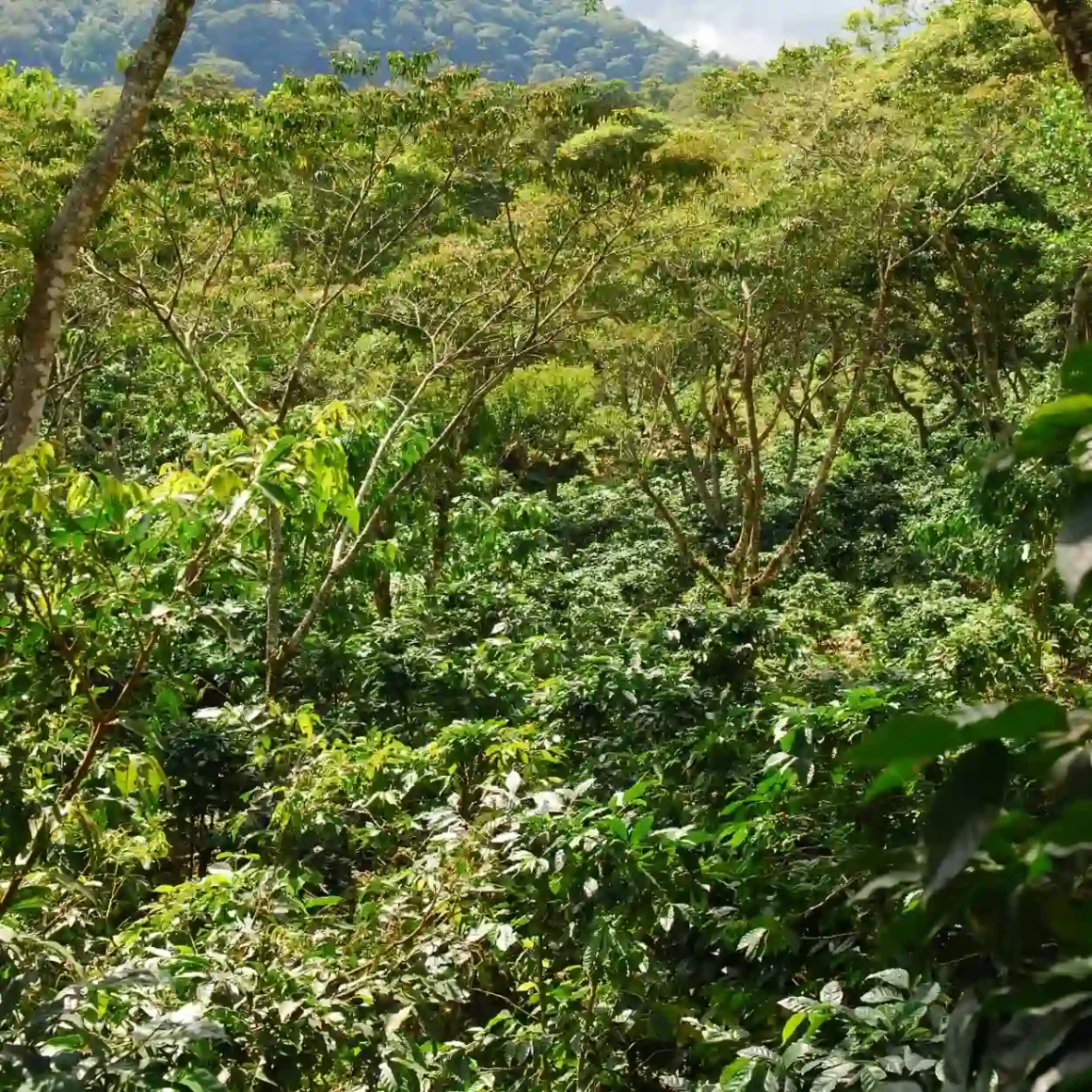
Conducting an environmental impact assessment encompasses various key aspects.
- Carbon Footprint of Coffee Production: Coffee production has a significant environmental footprint, including the use of water, land, and energy. Efforts to reduce this footprint include promoting organic farming practices, which avoid the use of harmful pesticides and fertilizers.
- Conservation Efforts: Some coffee producers are engaged in conservation efforts, such as preserving biodiversity and protecting wildlife habitats in coffee-growing regions. These practices often require additional resources and management but contribute to a more sustainable ecosystem.
- Consumer Choices and Impact: The choices made by consumers, from the type of coffee they buy to the way they brew it, can have a significant impact on the environment. Opting for sustainably grown and ethically sourced coffee, as well as using energy-efficient brewing methods, can help reduce the overall environmental impact.
Overall, sustainability in the coffee industry encompasses a range of practices and considerations, from reducing packaging waste to ensuring ethical sourcing and assessing the environmental impact. These considerations often involve a balance between cost, convenience, and the moral imperative of supporting a more sustainable and equitable coffee industry.
Conclusion
In conclusion, the decision to grind your own coffee beans is more than just a matter of cost; it’s a balance of quality, freshness, and economic efficiency. While the initial investment in a good grinder and the purchase of high-quality beans might seem substantial, these costs are often offset by the long-term savings from bulk purchases and reduced waste. Moreover, the enhanced flavor and freshness that come with grinding your own beans add immense value to your coffee experience. Whether you are a casual coffee drinker or a connoisseur, understanding these factors can help you make a well-informed decision that suits your taste and budget.
FAQ
How do different grinders impact the cost of grinding your own coffee?
Different grinders, like burr or blade, vary in price and grinding efficiency, impacting the overall cost and quality of grinding coffee at home.
Can you save money by grinding your coffee beans daily?
Grinding coffee beans daily can save money by reducing waste and ensuring maximum freshness, leading to better usage of the beans.
What's the initial cost of a coffee grinder, and is it worth it?
The initial cost of a coffee grinder varies, typically between $20 to $100+, and it is generally worth it for the enhanced flavor and potential long-term savings.
Are there long-term financial benefits to grinding your own coffee?
Yes, there are long-term financial benefits to grinding your own coffee, including savings from bulk purchases and reduced waste.

